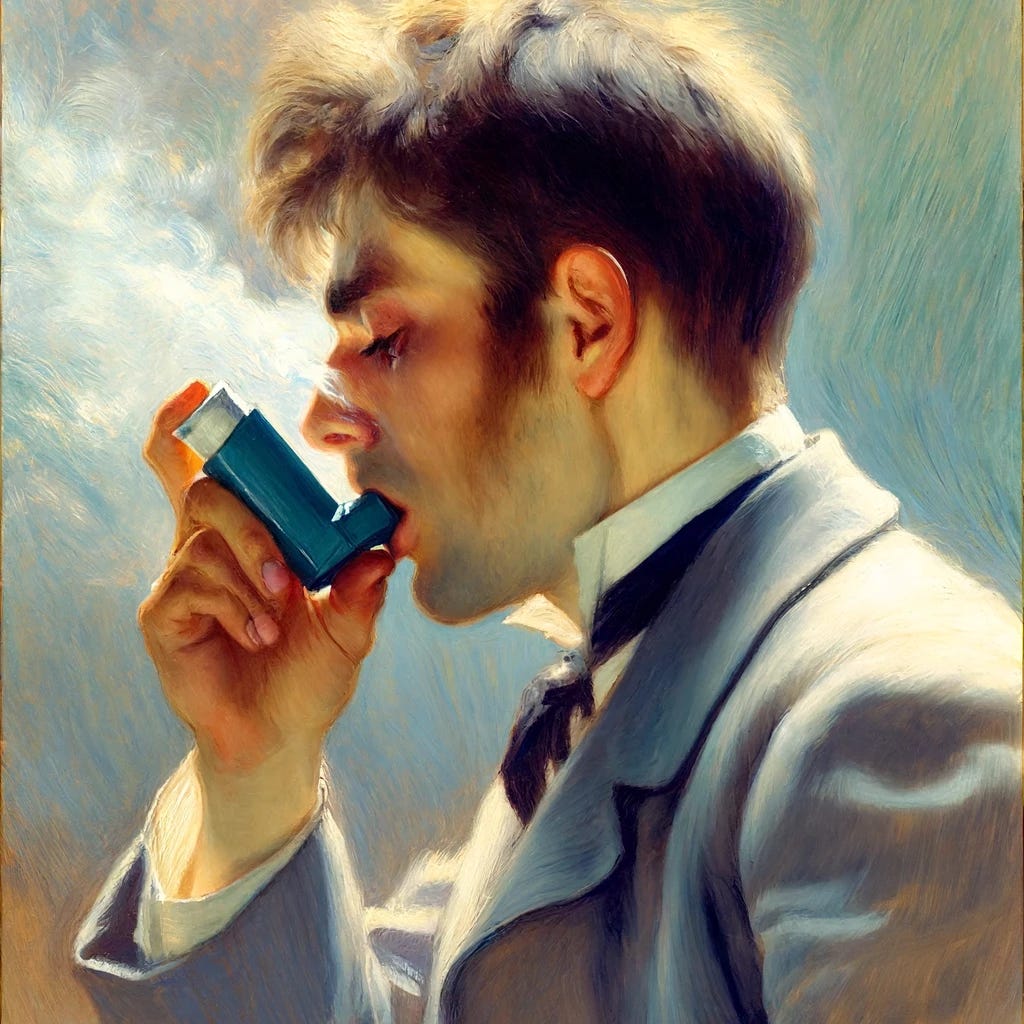When I started my primary care practice, most inhalers for respiratory disease cost under $25, although fewer effective drugs were available. Today, branded respiratory inhalers routinely cost $200-$300, and some cost as much as $600. Many with asthma or chronic obstructive lung disease have difficulty affording the outpatient medicines that can safely keep them out of the hospital. Three major manufacturers of respiratory inhalers, GSK, Boehringer and AstraZeneca, have announced programs to lower the wholesale price of at least some of their respiratory inhalers, and to cap out-of-pocket costs at $35 per inhaler per month.
Drugmakers have been under Congressional scrutiny in recent months, especially when one pharmaceutical company licensed an authorized generic at the same time as they discontinued a branded drug that would have been covered by Medicare inflation protection. This could increase total acquisition costs, and many pharmacy benefit managers did not have the (expensive) authorized generic on the formulary.
Price changes and out of pocket maximums will take place either in June 2024 or January 1, 2025.
Implications for employers:
Purchaser lawsuits, congressional pressure and the Inflation Reduction Act rules on pharmaceutical inflation are pressuring pharmaceutical manufacturers to lower out of pocket costs.
Pharmaceutical copay cards could be used to achieve the $35 out-of-pocket cap, and the pharmacy would bill the pharmaceutical company for the difference between member cost share and $35. This would happen automatically at point of service, so no action is needed by employers at this time.
Out of pocket maximums are certainly good for patients but can sometimes lead to higher employer costs as employees no longer seek medications with lower overall cost.
Thanks for reading. You can find previous posts in the Employer Coverage archive
Please subscribe, “like” and suggest this newsletter to friends and colleagues. Thanks!
Illustration by Dall-E
Tomorrow: Hospitals complain about insurance denials

